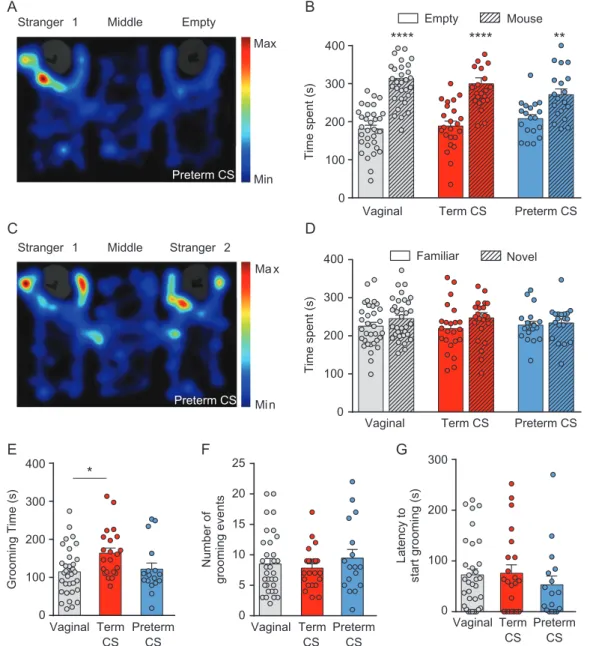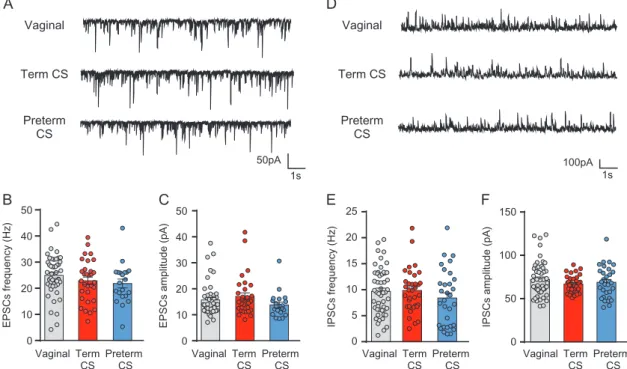Term or Preterm Cesarean Section Delivery Does Not Lead to Long-term Detrimental Consequences in Mice
Texte intégral
Figure




Documents relatifs
Human cancer cells with low (ZR 75.1) or high (SUM159PT) invasive capacities (27) were grown for 3 days on Transwells, allowing the diffusion of soluble factors, in the presence
Abstract The availability of GPS survey data spanning 22 years, along with several independent velocity solutions including up to 16 years of permanent GPS data, presents a
The study was designed to assess the prevalence of major depres- sive disorder, mild cognitive disorders and headache in a pop- ulation of retired high-level sportsmen and rugby
In rodents, we succeeded in increasing lipid and caloric intake by a very large amount with an ad libitum access to diet. Nevertheless, this nutritional manipulation did not reproduce
While the characteristics of elderly inpatients that pre- dict length of stay, functional decline, nursing home ad- mission, rehospitalizations or short-term mortality have
• This case report suggests that low-level hexa- methylene diisocyanate exposure may induce life-threatening extrinsic allergic alveolitis. • Hexamethylene diisocyanate skin
simulation, these selection strategies for sires are compared with selection on EBV alone. When compared at the time horizon specified by the selection goal, the
On figure 1C, we see the following behavior: after a trigger, the value is correctly updated in short-term memory and remains stable until C is updated (after 100 time steps) and
